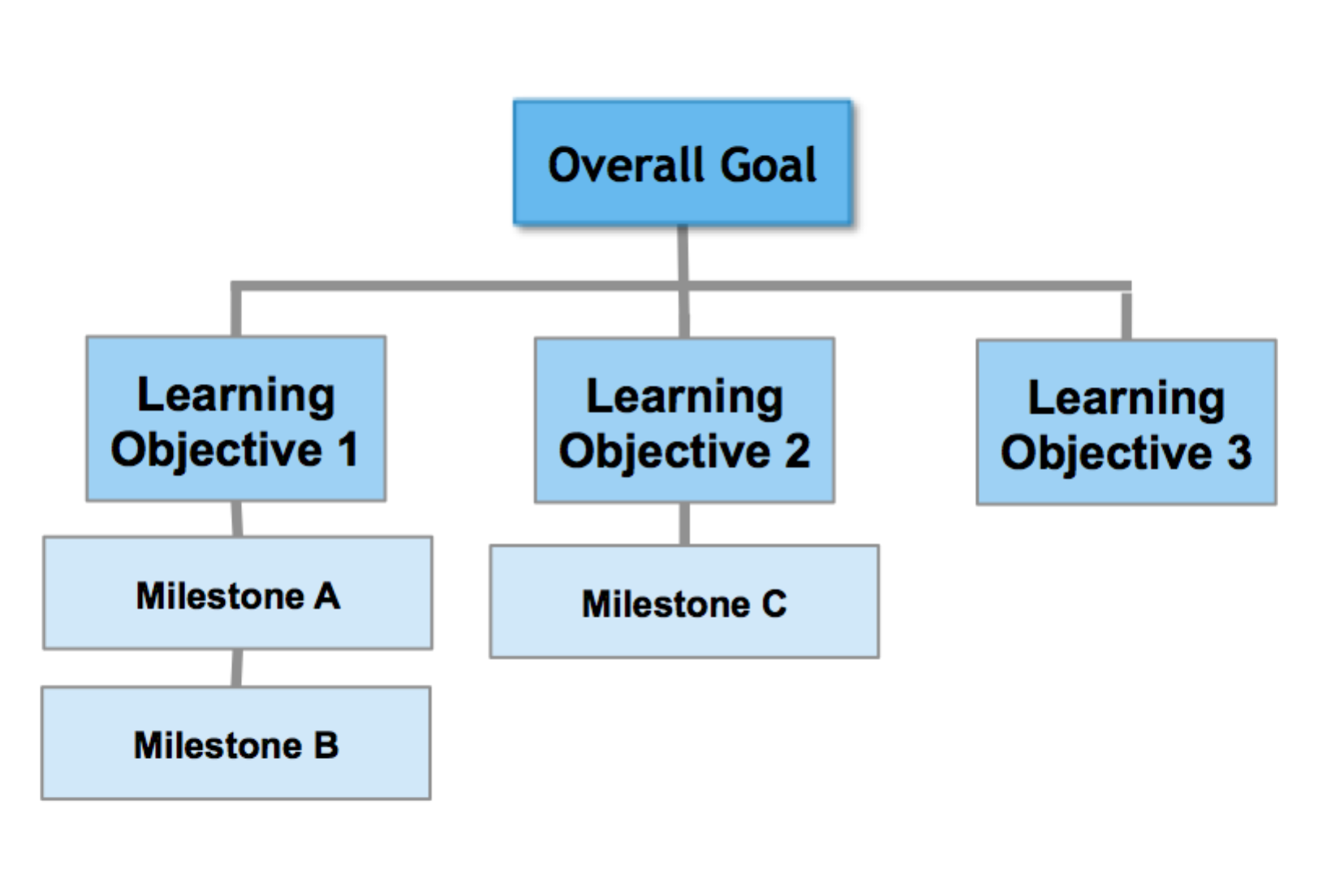Backward Course Design
BCD means first designing and formulating the learning objectives which characterise the level of knowledge and the skills to be achieved by the end of the course from the student perspective. These learning objectives clarify what the students will know and be able to do after completing the course ("beginning with the end in mind"). Here it is essential to differentiate between knowledge and skills. Learning objectives also differ in their degree of complexity and can be structured hierarchically. It is recommendable to start by formulating the overall goal of the learning objectives in one or two sentences, i.e. produce a condensed description of the level of knowledge and competence to be achieved. The individual learning objectives and the milestones required to reach the objectives can then be defined.

The prerequisites for the achievement of learning objectives (depending on what these are) are found in students' prior knowledge and in the competences which they acquired during their previous studies. These may be partially repeated or newly addressed during the course, or dealt with as milestones to be reached which then make up the sum of the respective learning objectives and competences formulated.
Learning objectives should describe the desired level of knowledge and competence clearly, in the active voice. Here the use of verbs is central. These verbs are used to generate a classification scheme (taxonomy) to facilitate the hierarchical ordering of learning objectives and milestones. At ETH Zurich we use the taxonomy of Anderson & Krathwohl (2001), which draws on the Bloom taxonomy.

The verbs used in the Downloadformulation of learning objectives (PDF, 101 KB)vertical_align_bottom can be allocated to various levels of the taxonomy, which in turn define the level of complexity of the respective learning objective.
